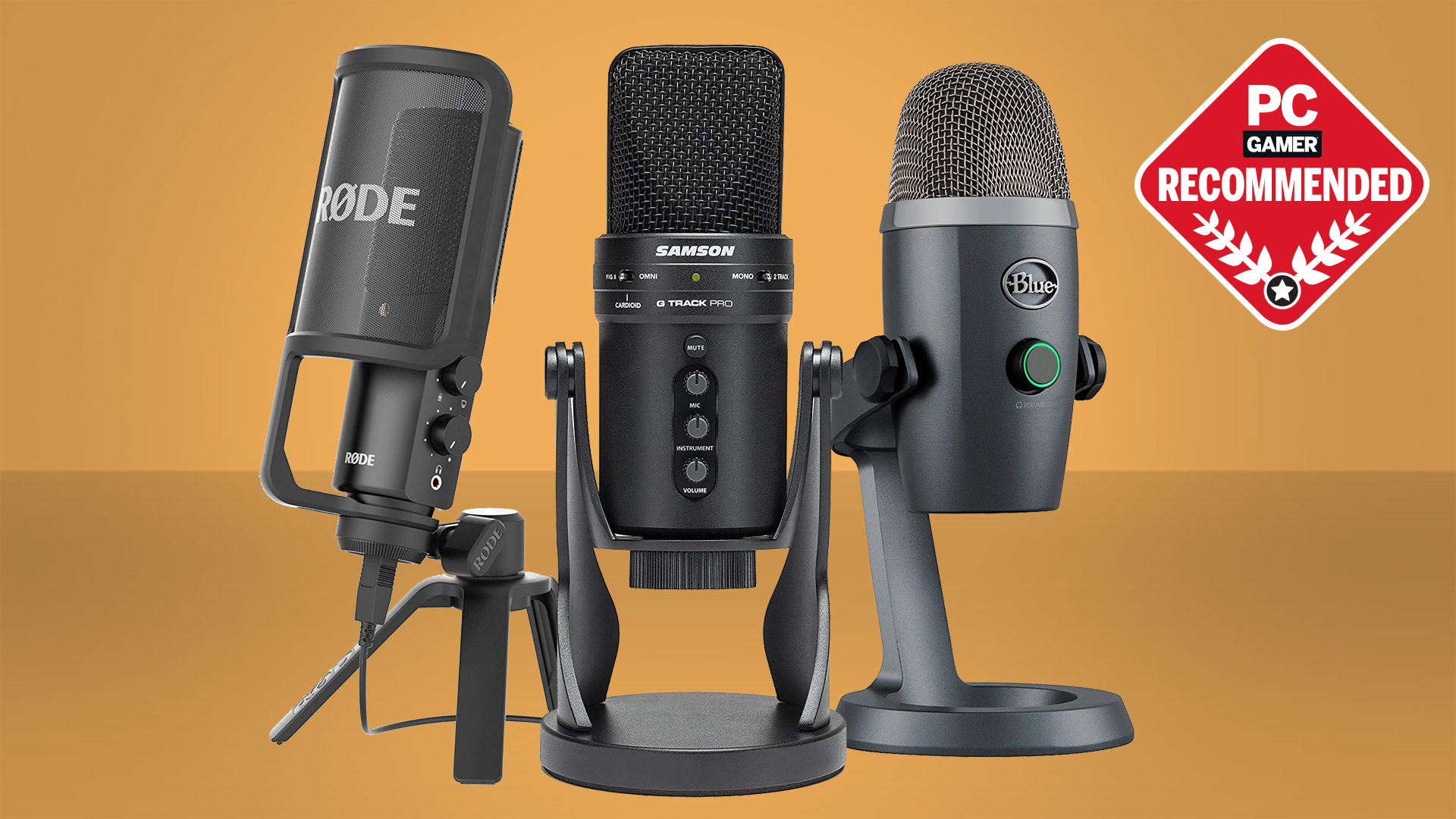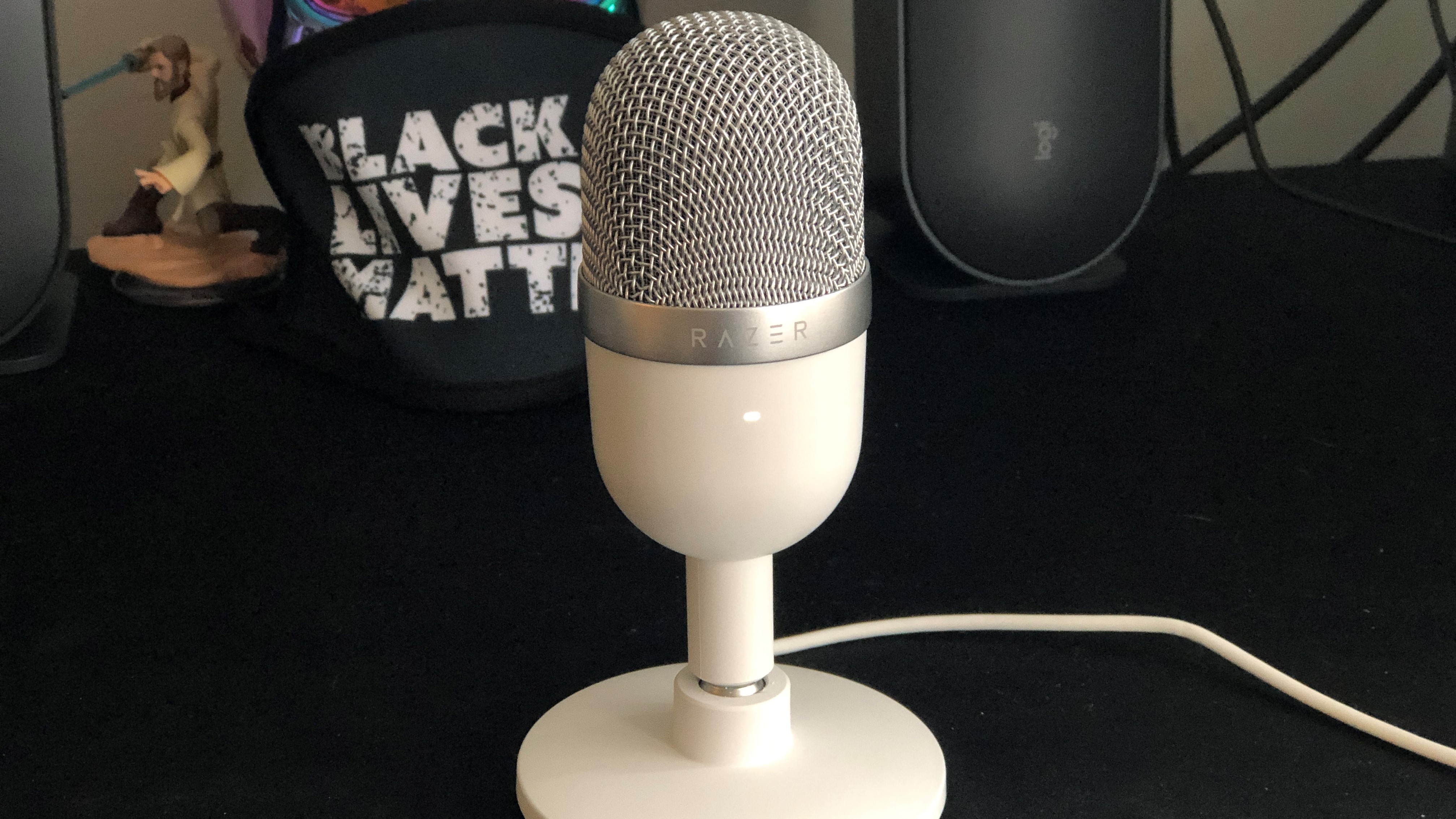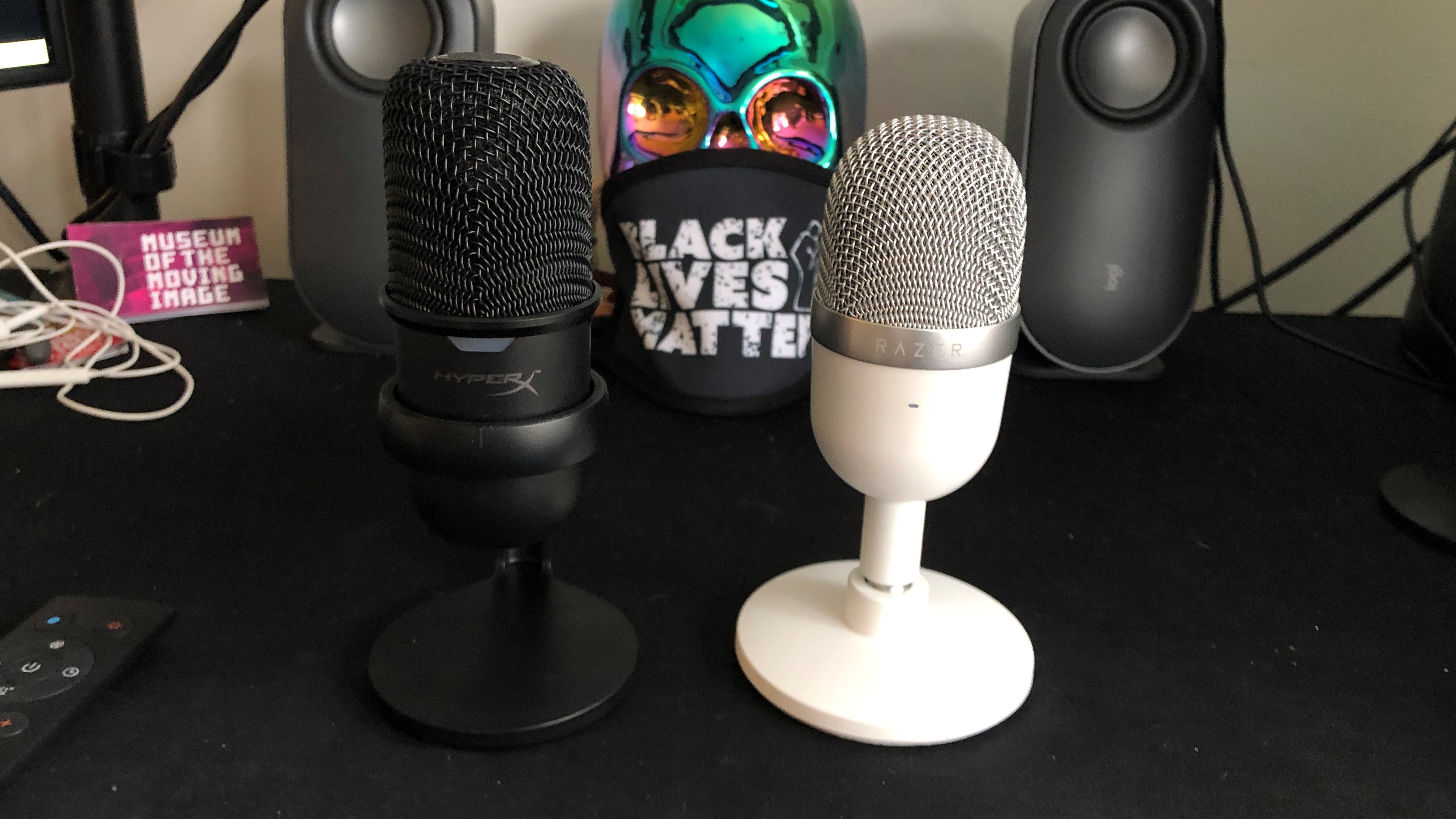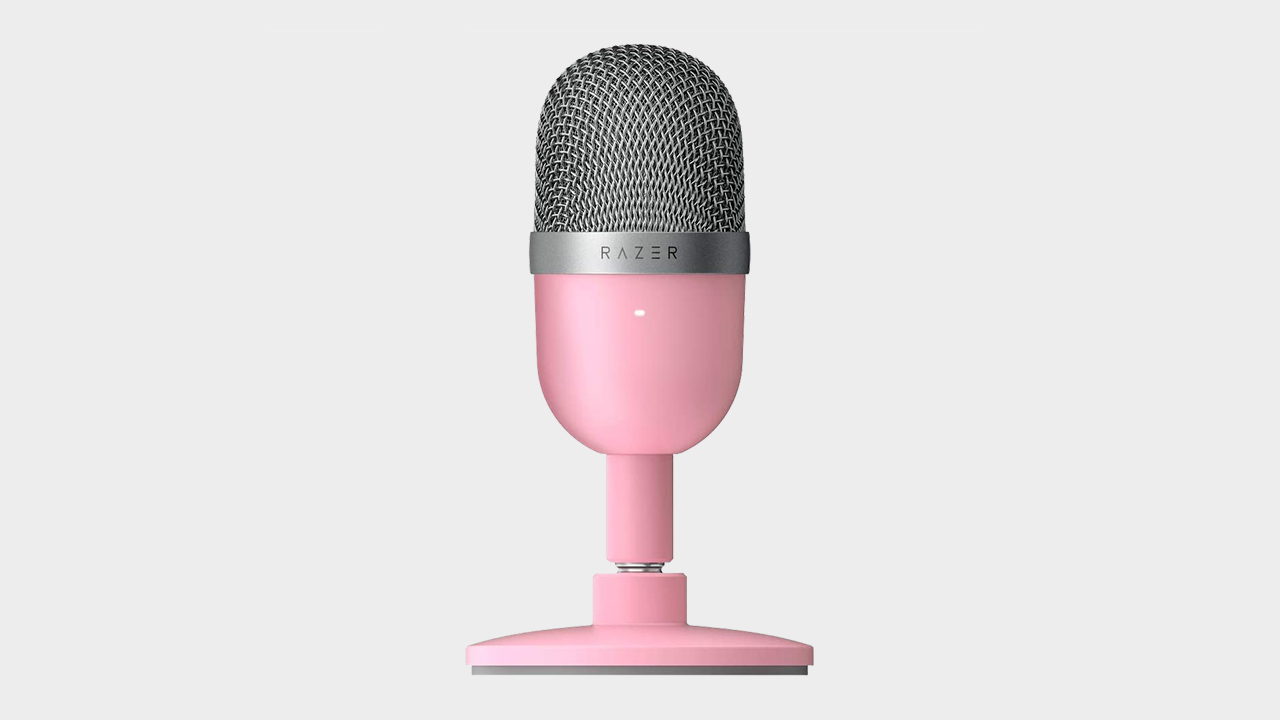Tiny microphones became a real big deal in 2020
My hardware highlight of 2020? The stellar sound of some slight new mics.

As I reflect on 2020, I've been giving some thought to what my hardware highlight of the year was. I tried to think about the conversations I had throughout the year that stuck with me. You'd think it would be something along the lines of how good or hard to find those RTX 3080s are, but as it turns out, the common thing I found myself telling people, "Yo, these 50 dollar mics sound amazing!"

Best microphone for gaming: make sure you're heard
Best webcams: be seen while you get your stream on
Best capture cards: lessen the load with a dedicated card
That's right, in a year of significant hardware advances from planar magnetic gaming headsets to GPUs capable of wildly high frame rates at affordable prices. It was great sounding cheap microphones that surprised me more than anything else this year.
Maybe it was because we all found ourselves working from home, or maybe you realized that dinky sounding microphone on your gaming headset isn't going to cut it on your podcast ranking all the best Star Wars games anymore. Your audience deserves better.
Having the right mic handy make sit easy to sound professional on a work call or when you're kicking off your podcasting dynasty.
Lower prices on good streaming gear mean a dramatically lowered entry barrier and increased accessibility for content creation. If this were a year ago, there would be no way I'd have recommended a $50 microphone of 2019, mostly because they sound terrible.
Thanks to the likes of Razer and HyperX, however, 'budget microphones' is no longer a phrase that'll make you roll your eyes. Pair this with a decent webcam, and you've got yourself the beginnings of a dope IRL chat channel on Twitch.



I found myself recommending the cute, pill-shaped Razer Seiren Mini or the no-nonsense HyperX SoloCast to friends and family looking for an easy upgrade. Most people just want a simple to use plug-and-play solution, so they can dive right into creating podcasts or game streams. These mics skimp out on the most advanced (and not so advanced) features like gain and volume control, or even a mute button in some cases, to drive down costs, so there's a good chance you'll outgrow it if you're thinking of taking things more seriously.
Keep up to date with the most important stories and the best deals, as picked by the PC Gamer team.
Don't get me wrong; I love an expensive microphone, such as the Shure M7 Podcast XLR/USB hybrid mic, which I often consider to be the perfect-sounding dynamic microphone.
Though, suggesting a $300+ to someone just starting as a Twitch streamer or Youtuber is a tough sell no matter how good the mic. Figuring out audio is one of those complicated elements of streaming and broadcasting that no one has patience for.
For me, then, it's a no-brainer why these little guys are my hardware highlight of the year.

Jorge is a hardware writer from the enchanted lands of New Jersey. When he's not filling the office with the smell of Pop-Tarts, he's reviewing all sorts of gaming hardware, from laptops with the latest mobile GPUs to gaming chairs with built-in back massagers. He's been covering games and tech for over ten years and has written for Dualshockers, WCCFtech, Tom's Guide, and a bunch of other places on the world wide web.

